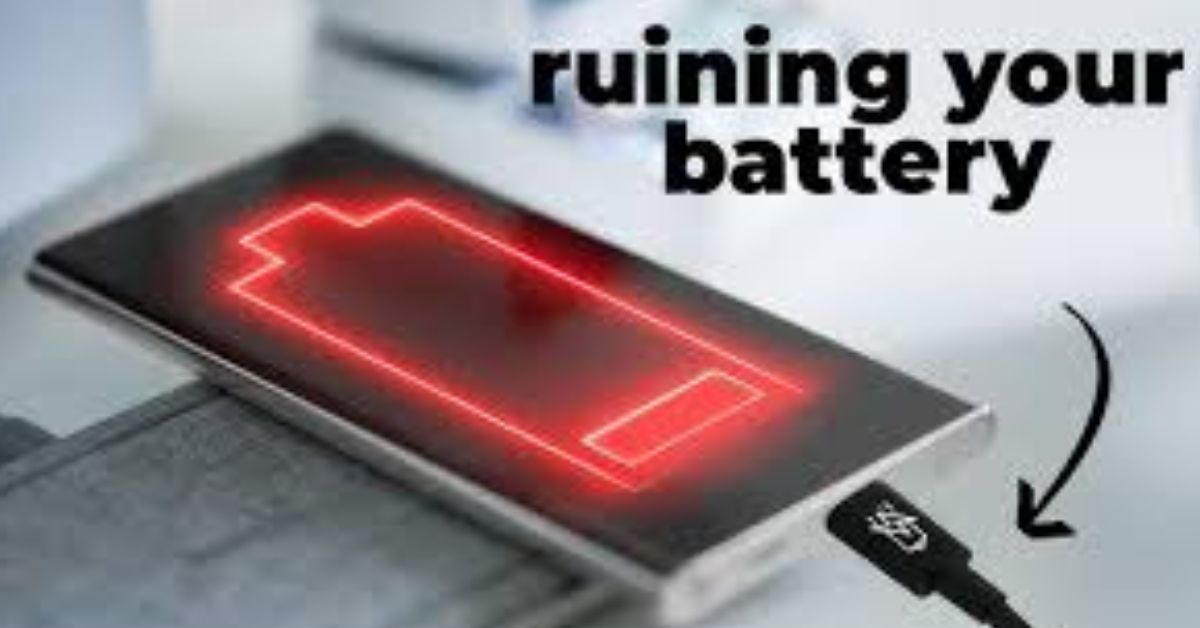In an era where technology evolves at lightning speed, fast charging has become a standard feature in smartphones, tablets, and other devices. It promises convenience and efficiency, allowing users to power up their gadgets in a fraction of the time compared to traditional charging methods. However, with great advancements come great misconceptions. Let’s debunk some common fast-charging myths to help you make informed decisions before you plug in.
Myth 1: Fast Charging Damages Your Battery
One of the most prevalent myths is that fast charging harms your device’s battery. While it’s true that heat is a significant factor in battery degradation, reputable manufacturers design fast-charging technologies to minimize heat generation. Modern batteries come equipped with sophisticated management systems that regulate voltage and current flow, ensuring they can handle fast charging without incurring damage. In fact, many devices are engineered to be charged rapidly without compromising battery longevity.
Myth 2: All Fast Chargers Are Created Equal
Not all fast chargers are alike. Each manufacturer has its own fast-charging technology, such as Qualcomm’s Quick Charge, USB Power Delivery, and others. These systems vary in power output, efficiency, and compatibility. Using a charger not specifically designed for your device may lead to slower charging times or may not be safe. Always opt for a charger recommended by your device’s manufacturer or one that meets its specifications to ensure optimal performance.
Myth 3: You Should Always Use Fast Charging
While fast charging is convenient, it’s not always necessary or beneficial for your device. Regularly using fast charging can lead to increased heat production, which may negatively affect the battery over time. For daily charging, especially overnight or when you have longer periods to charge, consider using a standard charger instead. This slower method can help maintain battery health and extend its lifespan.
Myth 4: Fast Charging Wastes Energy
Another common misconception is that fast charging wastes energy. While it’s true that fast charging can consume more power initially due to higher wattage, the overall energy used is often comparable to standard charging methods. Fast charging reduces the time your device spends plugged in, potentially leading to less idle time on the charger, which can help conserve energy in the long run.
Myth 5: Fast Charging Can Overcharge Your Device
Many users fear that fast charging may overcharge their devices, leading to battery damage. However, modern devices are equipped with intelligent charging systems that prevent overcharging. Once the battery reaches its full capacity, the charging system automatically stops drawing power. This built-in protection ensures that your device remains safe while plugged in, regardless of whether you’re using a fast charger or a standard one.
Myth 6: You Can Only Use Fast Charging with the Manufacturer’s Charger
While using the manufacturer’s charger is often recommended for best results, many third-party chargers are compatible with fast charging technology. Ensure that any third-party charger you use is certified and meets the required specifications for your device. Look for chargers with certifications such as USB-IF (USB Implementers Forum) or other reputable safety standards to avoid potential risks.
Conclusion: Be Informed Before You Charge
Fast charging is an incredible feature that offers convenience and efficiency. However, it’s crucial to separate fact from fiction to ensure you are using your devices safely and effectively. Understanding these myths can help you make informed decisions about how to charge your devices and extend their battery life. By following best practices and using quality chargers, you can enjoy the benefits of fast charging without the drawbacks. The next time you plug in, you’ll do so with confidence, knowing the facts behind fast charging.
